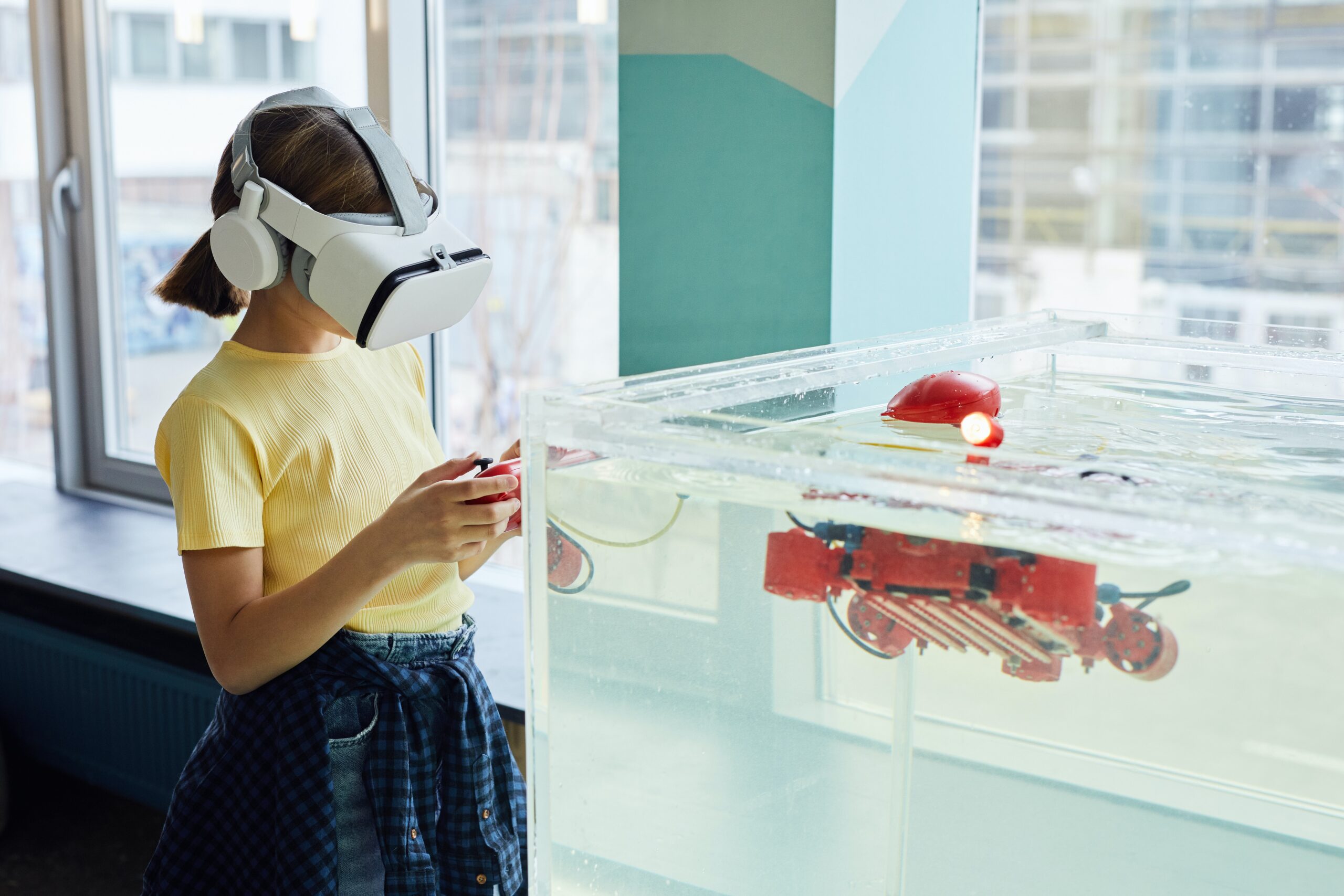
Framework Thinking for Innovation and Creativity - toolthinker.com
Innovation and creativity frameworks and tools provide structured approaches and techniques to foster creativity, generate ideas, and support the innovation process. These type of tools include:
Design Thinking
A human-centered approach that emphasizes empathy, ideation, prototyping, and iteration to address complex problems and generate innovation solutions.
SCAMPER
A creativity technique that prompts the generation of new ideas by asking questions related to Substitute, Combine, Adapt, Modify, Put to another use, Eliminate, and Reverse.
Mind mapping
A visual technique that helps organize and generate ideas by creating a hierarchical structure of interconnected thoughts and concepts.
Six Thinking Hats
Developed by Edward de Bono, this model encourages considering decisions from different perspectives (represented by different colored “hats”) such as logic, emotions, creativity, and risks, to gain a comprehensive view.
TRIZ (Theory of Inventive Problem Solving)
A systematic problem-solving method that analyzes patterns of technical and engineer problems to identify inventive solutions.
Ideation Workshops
Facilitated group sessions that encourage participants to generate and share ideas freely, often using brainstorming techniques, such as quantity-focused brainstorming or structured brainstorming with specific constraints.
SCAMCARS
A variation of the SCAMPER technique that adds the dimensions of Synergy and Reality to explore possibilities further.
Random Word/Phrase Technique
A creativity tool that associates unrelated words or phrases to spark new ideas and connections.
Reverse Thinking Encourages
Participants to reverse the problem statement or desired outcome to explore alternative perspectives and generate innovative solutions.
Osborn-Parnes Creative Problem-Solving Process
A structured process that includes stages such as problem finding, fact finding, idea finding, solution finding, and acceptance finding, and acceptance finding to guide creativity and innovation.
Rapid Prototyping Creating
Quick and iterative prototypes to test and refine ideas and concepts.
Blue Ocean Strategy
Encourages organizations to create new market spaces by pursuing uncontested market segments, making competition irrelevant.
Lean Startup
An iterative approach that emphasizes rapid experimentation and validation of ideas to develop products or services in an uncertain environment.
Open Innovation
The practice of seeking external ideas, collaboration, and partnerships to drive innovation and access a broader range of expertise and resources.
Design Sprints
A time-constrained process that helps teams rapidly develop and test ideas through prototyping and user feedback in a focused and intensive manner.
Innovation Matrics and Dashboards
Tools and frameworks to measure and track key innovation indicators, such as idea generation, conversion rate, time to market, and return on innovation investment.